Why are gold manning more expensive than your coffee beans? How to cook golden manning coffee beans
Professional coffee knowledge exchange more coffee bean information please follow the coffee workshop (Wechat official account cafe_style)
If you ask Qianjie if there are any beans that are not sour, all colleagues in Qianjie will certainly move out Mantenin Coffee from Indonesia when recommending coffee beans. Coffee alcohol in Indonesia is thicker than coffee beans in Central and South America and Asia, and less acidic than coffee beans in the other two continents. Qianjie Coffee has passed the cup test of coffee beans from different Indonesian producing areas. It is believed that the greatest feature of Indonesian coffee beans is the aroma of spices and herbs, while some of the lower quality ones will have the taste of wood and soil.
Coffee cultivation in Indonesia
At the end of the 17th century, the Dutch East India Company transplanted the Indian Arabica to Jakarta on the island of Java. Due to climate and soil issues, Arabica soon spread to Sumatra in the northwest of Java and Sulawesi in the northeast. In 1880, a serious leaf rust broke out in Java and Arabica died in large quantities, so the Dutch changed to Robusta, which is highly disease-resistant, to help Indonesian coffee.

Until now, Robusta is still the main force of Indonesian coffee, accounting for 90% of Indonesian coffee production, distributed in low-altitude areas such as Java. While the elegant Arabica coffee beans are distributed in the high-altitude producing areas of northern Sumatra, Sulawesi and Java, although these boutique coffee production accounts for only 10% of Indonesia's coffee production, Mantenin, gold Manning and other high-quality Arabica beans have made Indonesian coffee famous in the boutique coffee industry for decades.
Mantenin is actually the name of a people in Indonesia.
Many friends have asked whether Qianjie Mantenin is a kind of coffee, or is Mantenin from a producing area? Actually, neither. Qianjie saw that during World War II, Japanese soldiers drank a delicious coffee bean, so he asked the locals curiously what kind of coffee it was, and the locals mistakenly thought that the Japanese soldiers asked where you were from. The locals then answered a Manning.
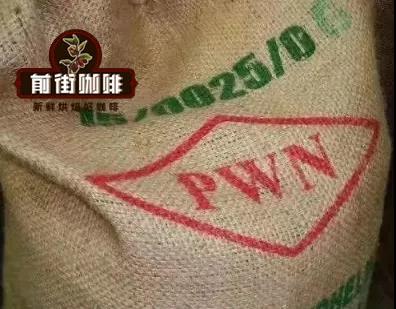
This beautiful misunderstanding is that this kind of coffee got this beautiful name. And the locals who answered the Japanese soldiers also saw a business opportunity that led to the now famous Pwani Coffe Company Coffee Company, or PWN, the trademark registered company of Gold Manning in Indonesia's coffee industry. Manning, the popular gold of Front Street Coffee, is from PWN.
Indonesian boutique coffee producing areas
As mentioned above, 90 per cent of coffee beans grown in Indonesia are Robusta varieties, and 10 per cent of Arabica coffee beans are mainly produced in Lintong, Gayo, Jawa, Java and Sulawesi of Sulawesi in Sumatra. There are usually two harvest seasons in Indonesia, the main harvest season (main crop) occurs from September to October, and the second harvest season (fly crop) occurs from May to June.
Lindong producing area of Lake dopa: Lake dopa is located in the north of Medan, the capital of Sumatra, and is an alpine freshwater lake. The average height is about 900 m above sea level. The lake is diamond-shaped, 100km long and 30km wide, covering an area of 1130 square kilometers, with an average elevation of 1100-1600 meters above sea level. at the same time, it is also the largest volcanic lake in the world. The so-called mantenin refers to the Tibica or its variants of coffee beans grown in the mountains around Lake Toba, of which Lindong is the most famous Mantenin coffee producing area in the Lake dopa region. Lin Dong Manning is the regular version of Manning. Lin Dong Mantenin also uses the conventional wet planing method, which creates the characteristics of low sour taste and high mellow degree. However, the situation that will occur when using the wet planing method is that because the semi-hard and semi-soft wet raw beans are easily crushed when the pectin sheep skin is removed, the beans are crushed and split like sheep's hoof-shaped beans, commonly known as sheep's hoof beans, which are not defective beans. It can be said that Mantenin is a very prominent feature.
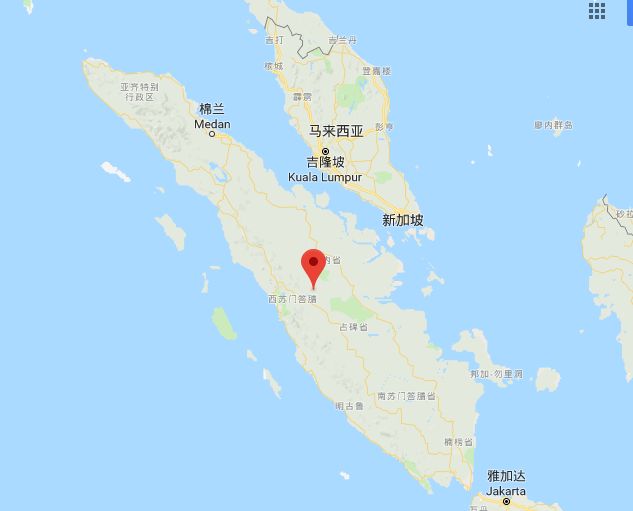
The Gayo region is located in Aceh province, north of Sumatra, and coffee is grown in the slopes around the town of Takegon and Lake Tawar in the Gayo region. The average planting height in the production area is between 1110 and 1600 meters. Coffee is planted by shade farmers under shade trees, showing a peculiar flavor, low depth and lively and full-bodied flavor. Aceh, the northernmost corner of Sumatra, is a fascinating and complex place. Aceh is not an area visited by ordinary people because of its long-term political instability.

Java: Java occupies an extremely important place in the history of coffee. Java Arabica coffee, unlike most other Indonesian coffee grown on small farms for initial processing, Java coffee grows on large farms or plantations. most of them are operated by the government and are washed in modern ways. The variety belongs to S795, and locals call it Jember,. It is artificially cultivated. Java produces exquisite aromatic coffee with relatively low acidity, delicate taste and good balance. Java coffee has a better aroma and acidity than coffee from Sumatra and Sulawesi. The best plantations in Java are Blawan, Jambit, Kayumas and Pankur. Java mocha is a mixture of Java coffee and Yemeni mocha coffee.
Sulawesi: the old name of Sulawesi is Celebes. Sulawesi is one of the oldest islands in the archipelago, exposing rocks for more than a million years. Soils like yellowish-red ash are found in coffee-producing areas. These soils often have several layers of clay beneath the surface, which are rich in iron. The most famous producing area is in the high mountains of Toraja, which is located in South Sulawesi.
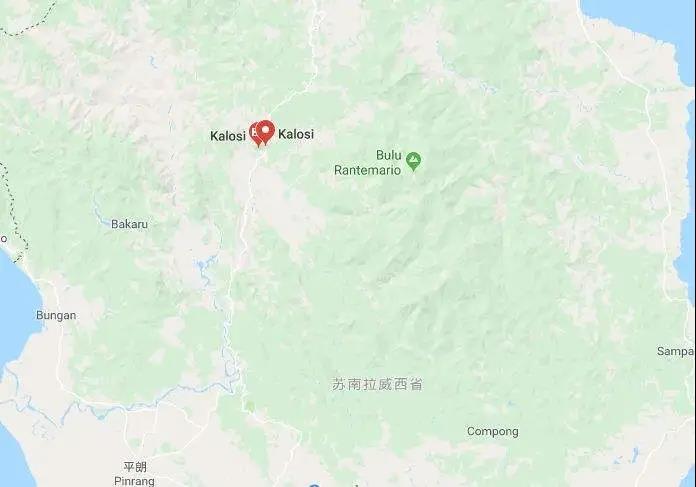
The coffee beans produced by Toraja are also rare boutique beans in the world, with an annual output of about 1000 metric tons. They are distributed in the rugged slopes of the middle and southwest of Sulawesi Island at an altitude of about 1200m. It is not easy to plant and harvest beans, with an average annual yield of only 300kg per hectare. Semi-washing treatment is a common treatment in Sulawesi Island. The local area also produces a lot of Rob beans, and the name of this place is most commonly used as a representative of Sulawesi coffee. Sulawesi Tuojia's boutique coffee beans have bright acidity, distinct layers, strong caramel sweetness, while the mellow flavor of herbs and spices converges a lot, with a slight floral flavor.
Indonesia Mantenin Coffee Variety
There are more than 20 varieties of Arabica coffee in circulation in the Indonesian commercial market, including Kaddura, Katim, East Timorese, Ironka, Robsta, Liberika and Ekselsa and Sidikalong. The most famous is Typica, an original breed introduced by the Dutch. When Indonesian coffee suffered from leaf spot disease, many Typica species of iron pickup disappeared in the late 1880s, and now Indonesian iron card varieties are mainly grown in Sumatra and Sulawesi.

Iron pickup has an excellent taste and is recognized as a boutique coffee variety, but its output is extremely low and vulnerable to rust, which requires more manpower management. Tieka Coffee, native to Ethiopia and southeastern Sudan, is the most widely cultivated variety of coffee in the Western Hemisphere. The plant is strong, but it is not resistant to light. The top leaf of the iron pickup is red and copper, which is called Tongding coffee.
Wet planing method
As the local weather is often dominated by Rain Water, with continuous typhoons, it is impossible to achieve the good weather needed for the sun, and the local economy is not good, so it is also impossible to use the more expensive way of washing. For various reasons, the wet planing method with local characteristics is derived (the wet planing method is to dry the parchment in the sun for 2-3 days with a water content of 20-24% to remove the parchment during the ordinary washing process.
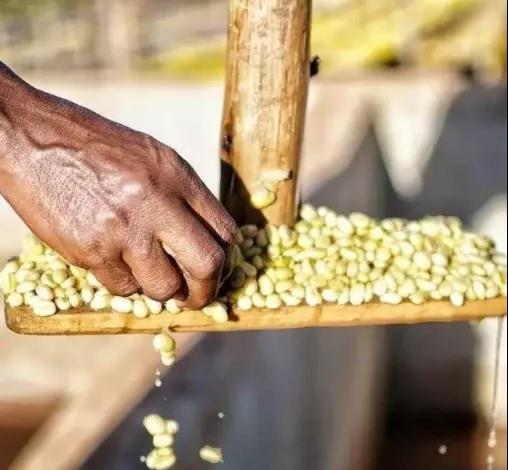
The ultra-fast speed of wet planing also causes Manning to have a higher defect rate, and Golden Manning can avoid this shortcoming very well. The specification of Gold Manning is more than 19 mesh, and there are less than 3 defective beans (300g raw bean samples). It belongs to the highest grade G1, the color is dark green, and it is a neat flat bean.
The difference between Manning and Golden Manning
At this point, some friends began to ask Qianjie, what is the difference between Manning and Golden Manning? For professional coffee diners and taste-sensitive coffee lovers, if you drink these two types of coffee at the same time, the result will be very obvious. Huang Man's sweetness and cleanliness, mellow, wild spice flavor are slightly better than G1, which is one of the reasons why Huangman is much more expensive than G1.
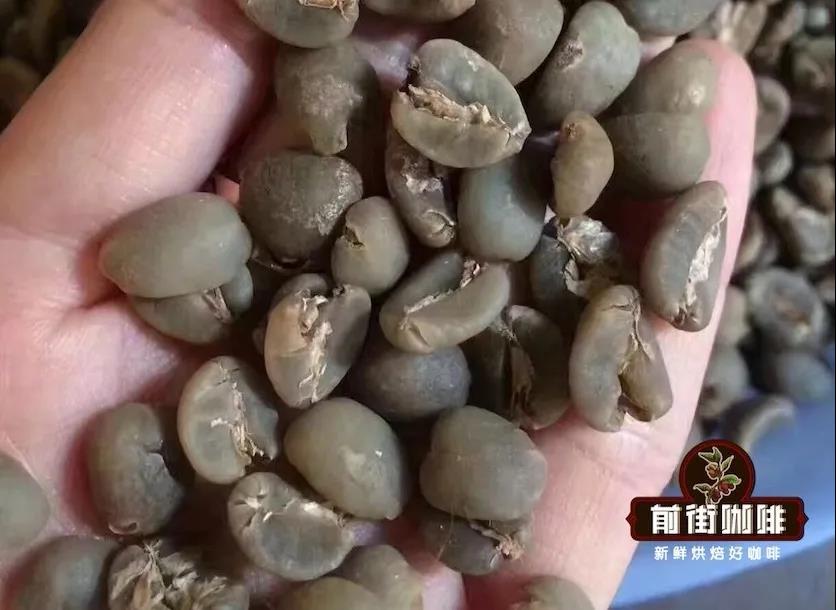
First of all, Manning needs layers of screening, which Qianjie thinks is absolutely necessary. The probability of defective beans is too high, coupled with the ugly appearance, sometimes good beans look like defective beans. Every time I pick Mantenin in Qianjie, I can pick out a handful of defective beans and look back at them. I feel that they are not defective beans. This is how they look. However, after baking, Mantenin is like a caterpillar breaking its cocoon into a butterfly. The ripe beans are very full and look quite pleasing to the eye.
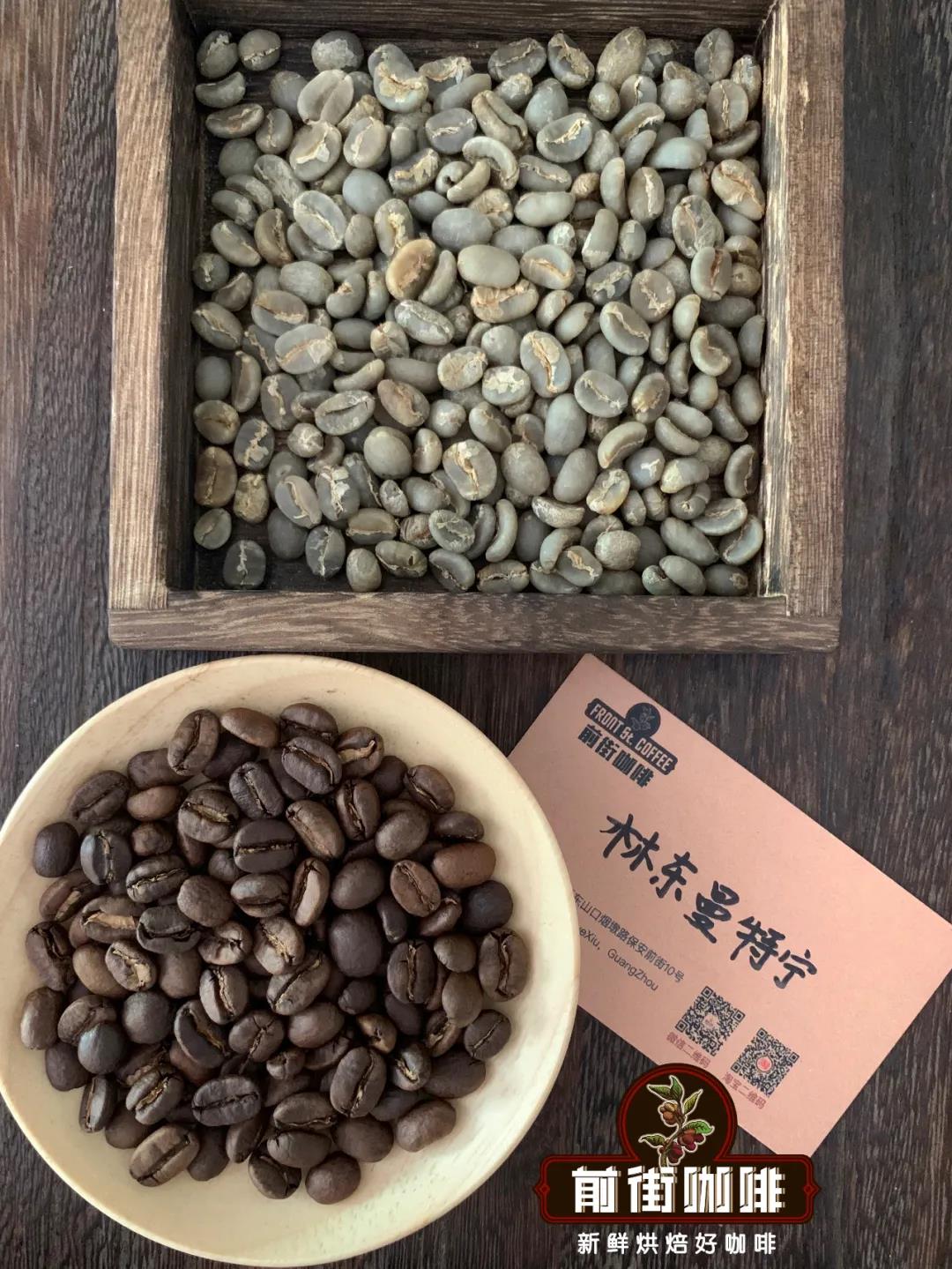
If Mantenin is the boutique of Indonesian coffee, and gold manning is the best boutique of Mantenin. Gold manning is a full-grained, clear and moist coffee carefully selected by hand, which is absolutely the most beautiful woman in the coffee. In fact, in order to improve the problem of Manning defective beans on the high side, the Japanese began to use carefully selected quality control a long time ago, after four manual selection to remove defective beans. Unfortunately, "golden mandheling", or gold manning, was registered as a trademark by the Indonesian coffee company Pawani, and gold manning became the exclusive property of PWN, and pwn was one of the first companies to sell Mantenin coffee beans to Japan.

PWN is the real gold manning, the gold manning marked with PWN, the yellow man of pwn three times manual screening, one machine selection, the beans are very beautiful, on the other hand, very uniform, so that the roasted coffee will look cleaner. PWN has registered the gold manning as a trademark, which means that only the gold manning produced by PWN can be regarded as a real "golden manning". Qianjie Coffee Gold Manning Coffee comes from PWN Company. Golden Manning comes from Manning. Golden Mantning can be understood as a selection of Mantenin, which is also the reason why Qianjie Coffee chooses to put it on the shelves. Qianjie Coffee will test 300,500 groups of beans every year, and choose 1/5 of the beans with the most representative regional flavor. Gold manning is a masterpiece of this choice. Qianjie believes that golden mantenin coffee beans represent the Sumatran style.
Qianjie said here that if you simply explain the difference between Mantenin and Golden Manning, there may be little friends or confused, it doesn't matter. Then Qianjie uses Mantenin coffee beans from Lindong producing area and Golden Manning from Jiayushan producing area for raw beans, baking, cup testing, brewing and comparison to see the performance of these two beans.

Analysis of raw beans of Qianjie coffee
Lin Dong Mantning doesn't work hard on screening, so coffee beans vary in size, while Golden Manning has a size of more than 18 eyes. There are less than 3 defective beans (300g raw bean samples), which belongs to the highest grade G1, the color is dark green, and it is a neat flat bean. After strict screening, Golden Manning not only does not have the unique soil flavor of ordinary Manning, but also tastes cleaner and brighter, and the fragrance and sweetness is stronger.
Qianjie Coffee Baking record
Golden Manning: Yangjia 800N, bean dosage 480g. Put the furnace temperature to 200 degrees Celsius, adjust the firepower to 160 degrees after opening the throttle for 1 minute, bake to 5 degrees Celsius 39 degrees 40 ", the temperature is 148 degrees, the bean surface turns yellow, the smell of grass disappears completely, dehydration is completed, the firepower is adjusted to 140 degrees, and the throttle is changed to 4 degrees. In the 9th & # 39th "minutes, ugly wrinkles and black markings appear on the bean surface, and the smell of toast obviously changes to the smell of coffee, which can be defined as a prelude to an explosion. At this time, listen clearly to the sound of the explosion point, and start to explode at 9 degrees 39: 54". Turn the firepower down to 60 degrees, open the throttle 5, and put the pot at 204.5 degrees.

Lin Dong Mantenin: Yangjia 800N, bean dosage 480g. Temperature to 200 degrees Celsius into the pot, throttle opened for 1 minute, adjust firepower 160 degrees, throttle unchanged, bake to 5 degrees Celsius 39 degrees 18 ", temperature 148 degrees, bean surface turns yellow, grass smell disappears completely, dehydration is completed, firepower is adjusted to 140 degrees, throttle changes 4. 8th & # 39th 00 "time, ugly wrinkles and black markings appear on the bean surface, and the smell of toast obviously turns to coffee, which can be defined as a prelude to an explosion. At this time, listen clearly to the sound of a burst point, start to explode at 9 degrees 39", reduce the firepower to 80 degrees, open the throttle 5, and put the pot at 202 degrees.
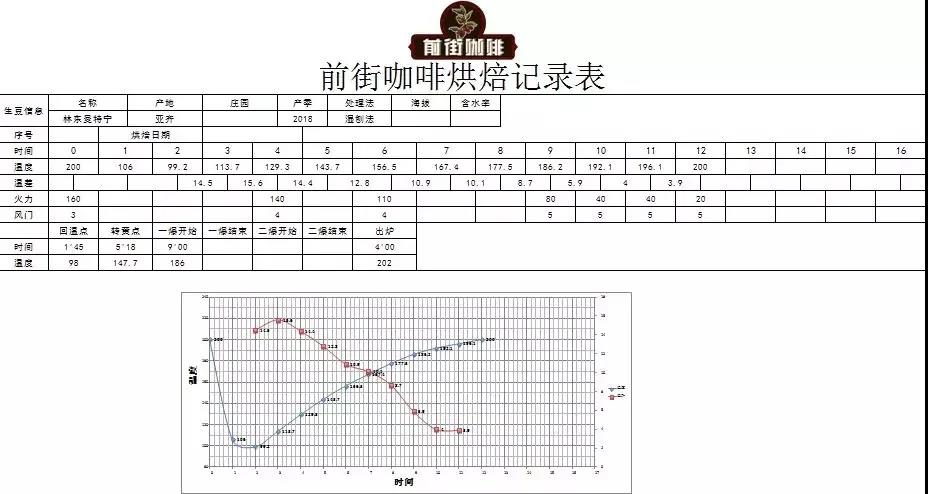
Coffee cup test report on Qianjie
Qianjie Coffee will be tested within 8-24 hours after the sample beans are roasted. Qianjie coffee makers generally use the cup test bowl capacity of 200ml ceramic bowl, which will be marked with 150ml and 200ml scale, according to SCAA standards, the TDS of water is about 150ppm, TDs is too low will easily cause over-extraction, too high will affect the taste and easy to lack of extraction, the cup measured the use of water temperature of 94 °. The cup test grinding degree according to the cup test standard of SCAA, the grinding degree is controlled as 20 standard screen (0.85mm), and the passing rate is 70% Mel 75%. Ratio: 11 grams of coffee powder plus 200 milliliters of hot water, that is, 1VR 18.18, so that the concentration of extraction happens to be within the range of 1.15% Murray 1.35% gold cup, soaking time: 4 minutes.
Golden Mantning Cup Test report
Dried incense: pine, herbs
Damp incense: herbs, nuts
Flavor: baked toast, nuts, pine, herbs, nuts

Lin Dong Manning Cup Test report
Dried incense: herbs
Wet fragrance: dark chocolate
Flavor: herbs, dark chocolate, caramel
Experience of brewing coffee in Qianjie
Cooking parameters: use Kono filter cup
Water temperature: 88 ℃
Amount of powder: 15g
Powder-to-water ratio: 1:15
Degree of grinding: medium and fine grinding (Chinese standard No. 20 screen pass rate 70-75%)
Deep-roasted coffee beans to highlight the mellow feeling of coffee, Qianjie will choose Kono filter cup to brew. The characteristic of Kono filter cup is that it has the function of soaking, which can be used to extract more coffee substances and enhance the mellow taste. Because of its few ribs and located at the low end, the filter paper can be attached to the filter cup to achieve the effect of limiting air flow, so as to slow down the flow speed and increase the contact time of gouache.

Qianjie coffee is extracted by stages, also known as three-stage brewing: steaming with 30 grams of water for 30 seconds, injecting water around a circle to 125 grams for stages, continuing to inject water to 225 grams when the water level is about to be exposed to the powder bed, removing the filter cup when the water level is about to be exposed to the powder bed, (steaming starting timing) the extraction time is 2 grams 39th 05 "- 2 grams 3915".
Golden Manning: changeable, mellow and clean, high balance, intense nutty and caramel aromas with chocolate aromas and a long finish.
Lin Dong Mantenin: imported herbal flavor, dark chocolate, caramel, sweet back.
For more boutique coffee beans, please add private Qianjie coffee on Wechat. WeChat account: kaixinguoguo0925
Important Notice :
前街咖啡 FrontStreet Coffee has moved to new addredd:
FrontStreet Coffee Address: 315,Donghua East Road,GuangZhou
Tel:020 38364473
- Prev
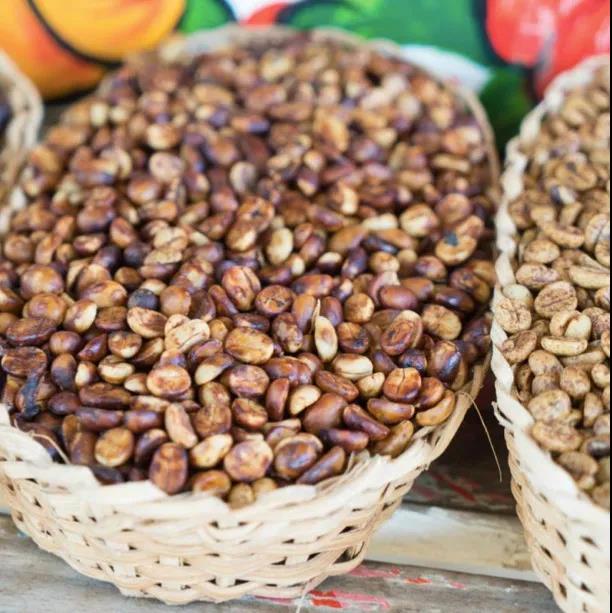
The difference between the treatment of coffee bean honey and raisin honey by Costa Rican musicians
Professional coffee knowledge exchange more coffee bean information please follow the coffee workshop (Wechat official account cafe_style) the front street coffee and many coffee glutton's evaluation of Costa Rican coffee is that the coffee in this country is quite mild and supple, sour, sweet and chocolate nut bitterness are inclusive, the overall flavor is well balanced. The country's original honey treatment is Costa Rica.
- Next

South Minas, Brazil & how to brew Brazilian half-sun coffee beans in Syrador boutique coffee producing area
Professional coffee knowledge exchange more coffee bean information Please pay attention to the coffee workshop (Wechat official account cafe_style) the higher the altitude of coffee beans, the smaller the density and hardness of coffee beans, and the more coffee bean flavor is formed by the temperature difference between day and night at high altitude. Brazil has a low altitude, flat and monotonous landform, lack of microclimate, and is used to exposure to the sun.
Related
- Beginners will see the "Coffee pull flower" guide!
- What is the difference between ice blog purified milk and ordinary milk coffee?
- Why is the Philippines the largest producer of crops in Liberia?
- For coffee extraction, should the fine powder be retained?
- How does extracted espresso fill pressed powder? How much strength does it take to press the powder?
- How to make jasmine cold extract coffee? Is the jasmine + latte good?
- Will this little toy really make the coffee taste better? How does Lily Drip affect coffee extraction?
- Will the action of slapping the filter cup also affect coffee extraction?
- What's the difference between powder-to-water ratio and powder-to-liquid ratio?
- What is the Ethiopian local species? What does it have to do with Heirloom native species?

